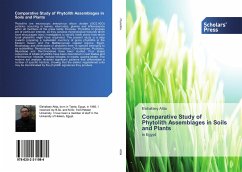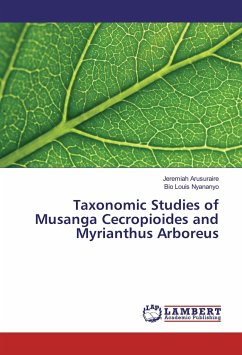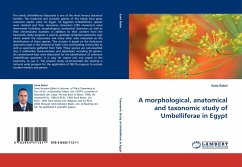Phytoliths are microscopic amorphous silicon dioxide (SiO2.H2O) particles occurring in leaves, internodes, glumes and inflorescence within all members of the grass family Poaceae. Phytoliths of grasses are of particular interest, as they possess morphological features which have encouraged many investigators to identify these plants from which fossil phytoliths might have originated. The present study is a step towards preparing a systematic inventory of grass phytoliths in the Eastern Desert and the Mediterranean coastal regions, Egypt. Morphology and dimensions of phytoliths from 16 species belonging to six subfamilies: Panicoideae, Aruindinoideae, Chloridoideae, Pooideae, Stipoideae and Danthinoideae have been studied. Four shape categories of lobate phytoliths have been determined in leaf blades and inflorescence: bilobate, nodular bilobate, tri-lobate, quadra-lobate. The modern soil analysis revealed significant patterns that differentiate a number of specific habitats, showing that the distinct vegetational units may be discriminated by the phytolith signatures they produce.
Bitte wählen Sie Ihr Anliegen aus.
Rechnungen
Retourenschein anfordern
Bestellstatus
Storno








